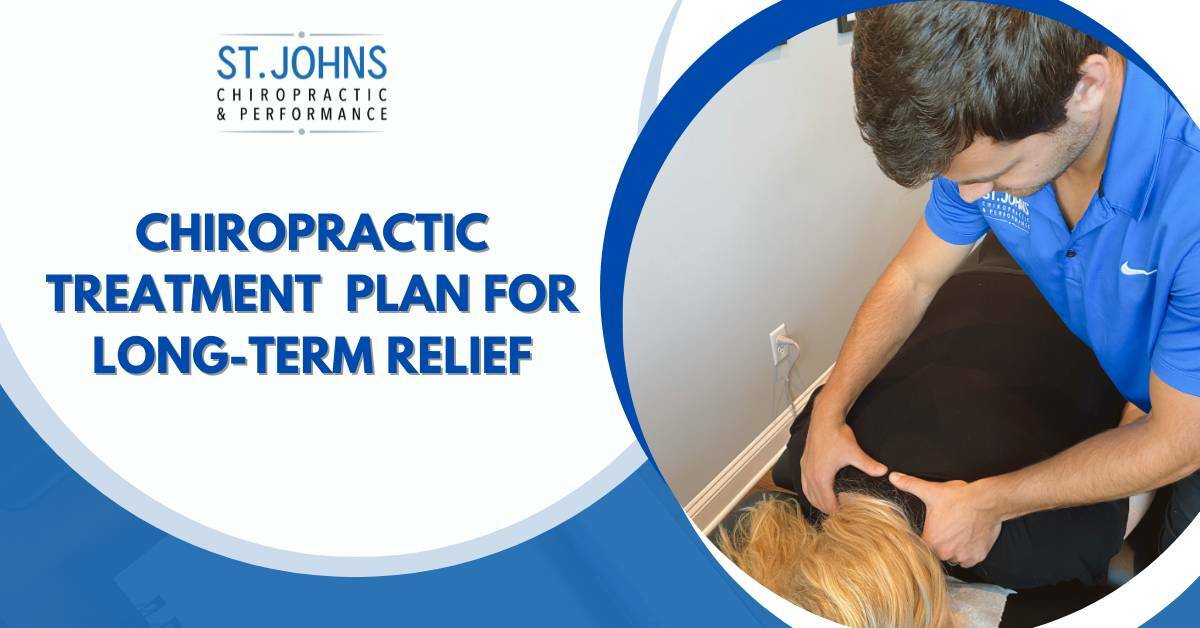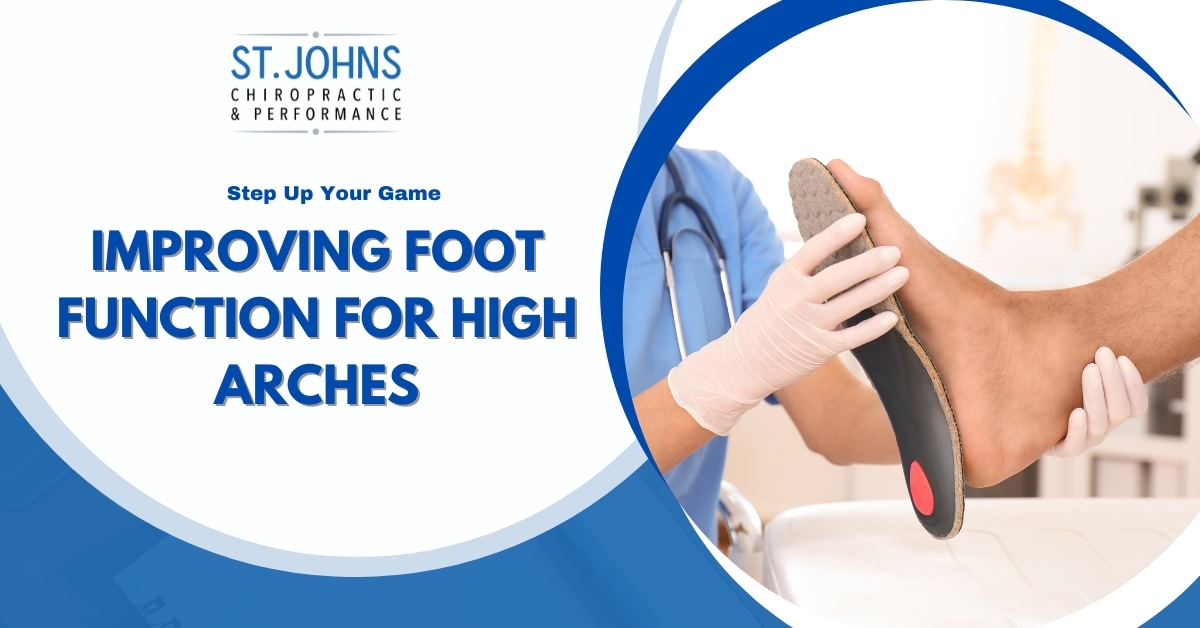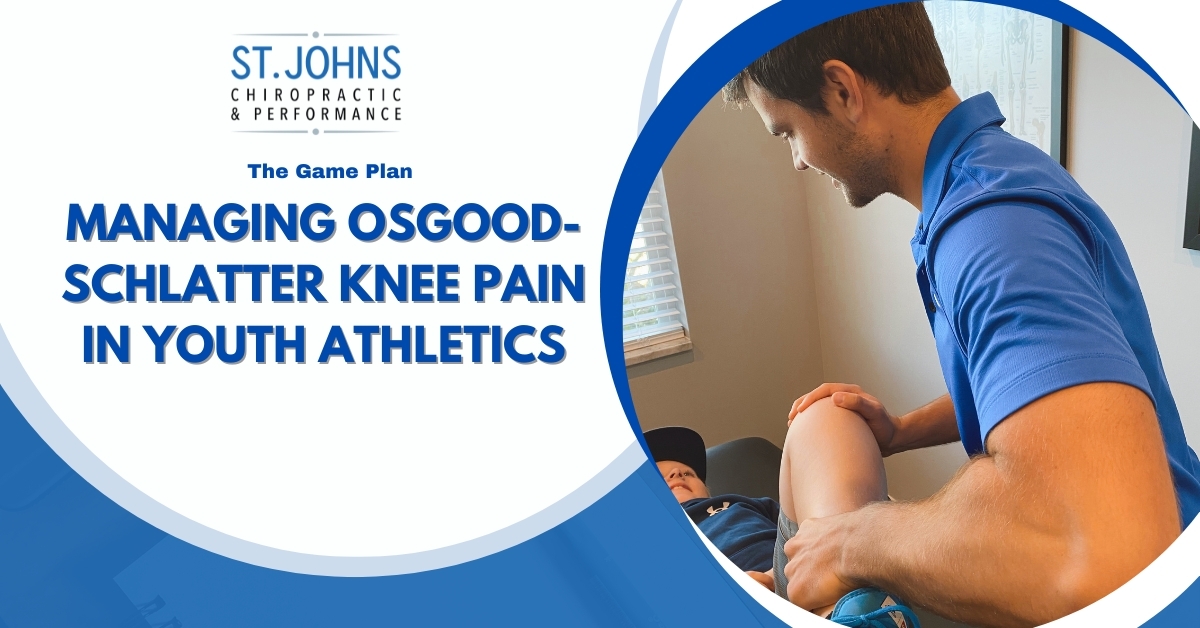Many parents, grandparents, coaches, and medical professionals are conflicted and skeptical about strength training for the adolescents and youth athletes. Many questions are asked including, “Is strength training safe for my child? Will large amounts of training stunt their growth? Does weight-training cause growth plate injuries?”
These are all very valid questions to ask and there are many other valid concerns when it comes to a strength training program for your child. Medical professionals have often said for years that you don’t want to do weight training in your youth or heavy amounts of exercise because it will lead to growth plate and soft tissue injuries.
Fortunately, this is a widely researched topic – especially over the past 15-20 years. All of this research has shown that strength training is a safe and effective intervention for adolescence and youth athletes!
Research on Safety
There is no evidence that shows that growth plate injuries are an issue with adolescents performing strength training programs. Two medical doctors from Johns Hopkins University say that “A well-designed strength training program following the recommended loads, sets, and repetitions appropriate for the young athlete’s age and body habitus should not excessively stress growth plates. Sports such as gymnastics and baseball, which involve repetitive impact and torque, provide a greater risk of epiphyseal (growth plate) injury.” (1)
There are certain case studies showing incidences where lifting weights caused growth plate injuries in kids, these certain cases have shown that the kids were typically not supervised by a professional, lifting an inappropriate amount of weight, using improper technique, and often times these injuries occurred with horseplay. The research shows the same things for soft-tissue injuries to the muscles and ligaments. (1)
Research is adamant that many repetitive movements during youth sports are far more stressful on the body than strength training and that there is “no direct correlation between strength training and incidence or severity of injuries in young athletes.” (1)
Strength Training Decreases Injury Risk in Youth Athletes
Not only is strength training completely safe to perform and actually helps decrease your risk of injury during sports and other activities. Under the guidance of a knowledgeable certified professional, strength training and focus on certain muscle groups and joints that are under a lot of stress in certain sports. By doing certain exercises around these more vulnerable areas, your child will increase strength and mobility which can help prevent against future injury. This is called prehabilitation or prehab. (1)
Strength training helps build stronger muscles and we know that stronger muscles are less likely to have aches and pains. It also helps build stronger bones that have more bone density, which helps prevent against fractures and possibly even conditions like osteoporosis later in life.
Strength training can also help prevent against specific sports injuries as well. It says been shown to reduce overhead injuries which would be important for baseball and basketball players along with swimmers. It has also been proven to reduce lower extremity injuries in football players! (1)
Let’s take one of the most devastating sports injuries, the ACL rupture, for example. A strength training program alone has been found to decrease the risk of ACL injuries. Plyometric exercises I’ve been found to be especially important in reducing ACL risk and adolescent female athletes. (1)
Strength training exercises help prevent against ACL injuries because it helps correct faulty movement patterns and any weak muscles around the hips and core which are all modifiable risk factors for ACL sports injuries.
Staying consistent with your strength training program is very important. Those that consistently attend their strength training sessions reduced their chances of an ACL injury by 82% whereas those that were only moderately consistent with attending their strength training sessions only reduce their chances by 44%. That shows you how effective strength training can be when athletes are only moderately compliant and you still reduce ACL injury risk by 44%, but consistency can give you even better results. (2)
Additional Tips For Safely Utilizing Strength Training
Now that you know the research shows that strength training is safe, there are certain things that you can do as a parent or coach to make sure your child is in good hands with their strength training program.
- Do not let your child begin strength training until they are able to understand and follow directions. This is typically between the ages of six and nine years old.
- Always promote healthy lifestyle habits, but especially when you start strength training. For your muscles and joints to recover and for you to reap the optimal benefits of strength training, encourage your child to get at least eight hours of sleep a night and to eat plenty of fruits and vegetables along with good sources of protein.
- Most importantly, find a certified professional who has experience training youth athletes. This professional will provide supervision, technique advice, and will monitor repetitions and appropriate resistance to keep injury risk low.
Click here to learn about the effectiveness of strength training in youth athletes!




